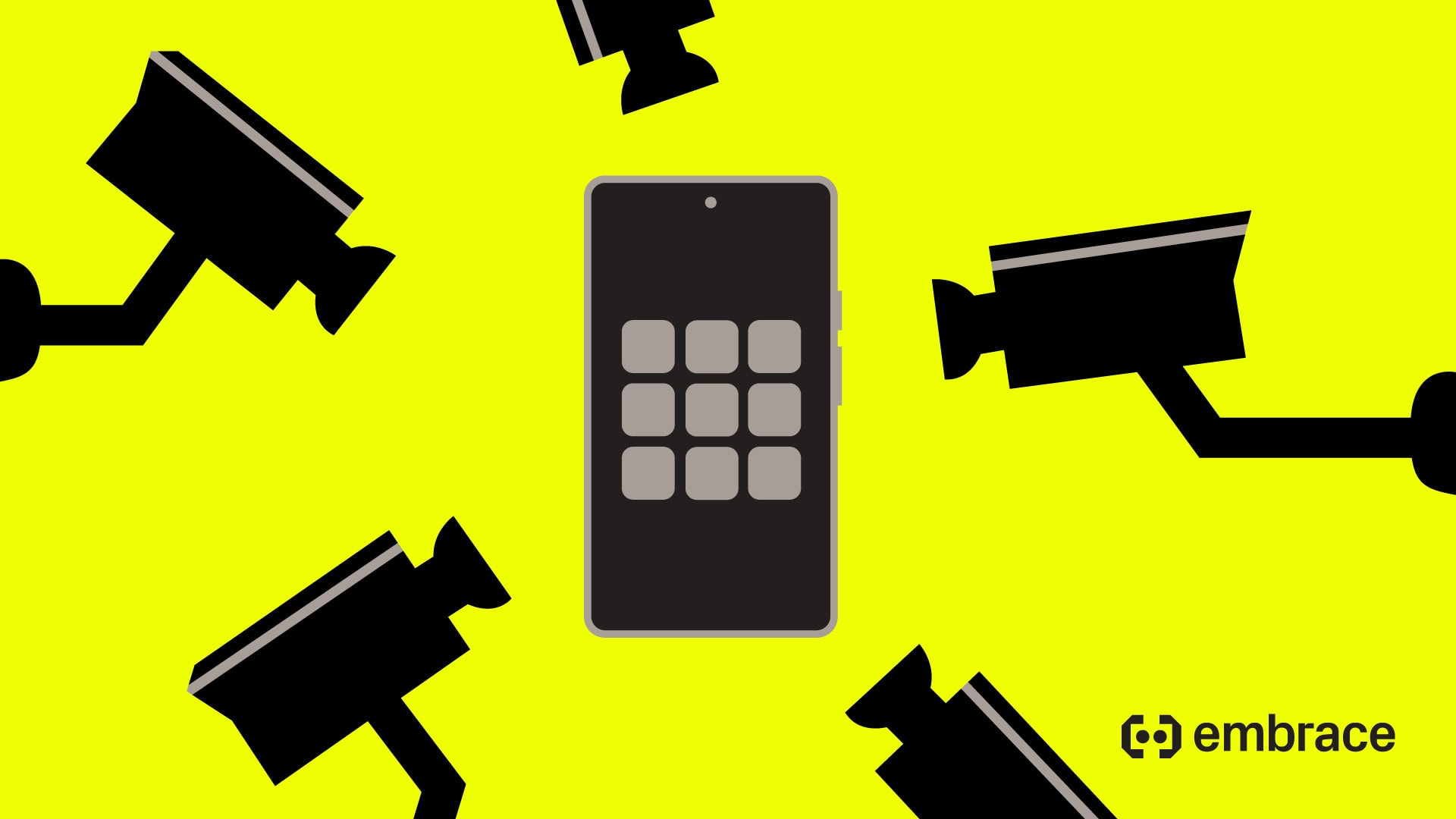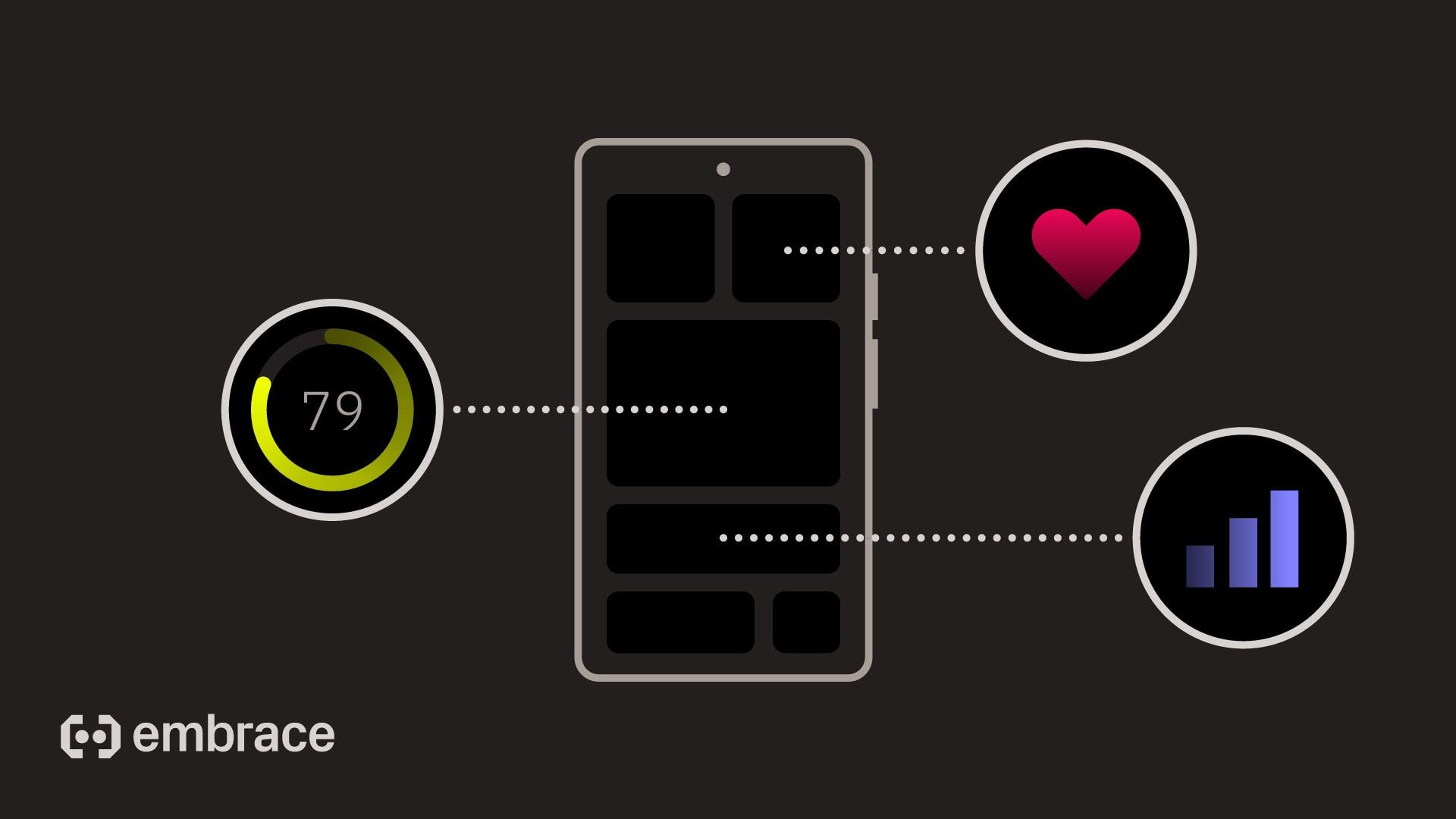
Common Causes of Mobile App Crashes and How to Fix Them

Whether you are troubleshooting your own app or seeking to improve reliability, this guide offers clear, practical insights into the causes of app crashes and how to fix them.
Mobile applications are integral to daily life, but frequent crashes can disrupt user experience and erode trust. Understanding the primary causes of app crashes is essential for developers, testers, and users alike. This article explores the most common technical reasons behind app instability and provides actionable solutions to address them. Whether you are troubleshooting your own app or seeking to improve reliability, this guide offers clear, practical insights into the causes of app crashes and how to fix them.
Memory Management Issues and Out-of-Memory Crashes
One of the leading causes of app crashes is improper memory management. Mobile devices have limited RAM, and applications that consume excessive memory or fail to release unused resources can trigger out-of-memory (OOM) errors. These crashes often occur when:
- Large images or files are loaded into memory without optimization.
- Background processes accumulate, consuming available RAM.
- Memory leaks prevent the system from reclaiming unused memory.
Example: An app that continuously loads high-resolution images without downscaling may eventually exhaust available memory, causing the system to terminate the process.
How to Fix:
- Optimize image and data loading by using efficient formats and lazy loading techniques.
- Regularly profile memory usage with tools like Android Profiler or Xcode Instruments. Solutions such as our performance profiling can offer real-time insights and help you catch memory issues early.
- Implement proper memory release patterns, such as closing database connections and nullifying unused objects.
Network Connectivity Problems and Poor Connection Handling
Unreliable network conditions are another significant cause of app crashes. Many mobile apps rely on external servers for data, and poor handling of network failures can result in unhandled exceptions or timeouts.
Common scenarios include:
- Attempting to fetch data without checking for network availability.
- Failing to handle slow or intermittent connections gracefully.
- Not implementing retry logic for failed requests.
Example: An app that tries to sync data when the device is offline may crash if it does not anticipate and manage the lack of connectivity.
How to Fix:
- Always check network status before making requests.
- Use robust error handling and user notifications for network failures.
- Implement retry and backoff strategies to manage transient errors.
- Consider leveraging mobile network insights to proactively monitor and troubleshoot network-related issues.
Insufficient Device Storage and Cache-Related Crashes
Limited device storage can also contribute to app crashes, especially when apps attempt to write data or cache files without verifying available space. When storage runs out, write operations may fail, leading to unexpected terminations.
Typical issues include:
- Unchecked growth of cache or temporary files.
- Attempting to save large files without storage validation.
- Not handling storage write failures.
Example: A news app that caches articles and images indefinitely may eventually fill the device’s storage, causing crashes when new data cannot be saved.
How to Fix:
- Monitor and limit cache size, implementing automatic cleanup policies.
- Check available storage before writing files.
- Handle storage errors gracefully, prompting users to free up space if needed.
Operating System Compatibility and Update Conflicts
Mobile operating systems are frequently updated, and changes in APIs or system behavior can introduce compatibility issues. Apps that are not regularly updated may encounter crashes due to deprecated features or unhandled changes in the OS environment.
Common causes include:
- Using outdated libraries or APIs no longer supported by the latest OS version.
- Failing to test apps on new OS releases before deployment.
- Relying on undocumented system behaviors that change with updates.
Example: An app that uses a deprecated permission model may crash on devices running the latest Android or iOS versions.
How to Fix:
- Regularly update app dependencies and libraries.
- Test thoroughly on all supported OS versions, including beta releases.
- Monitor OS release notes for breaking changes and adapt code accordingly. To simplify compatibility management, our crash reporting tool can help identify and track issues related to specific OS versions.
Unhandled Exceptions and Poor Error Management
A robust error management strategy is crucial for app stability. Unhandled exceptions—errors that occur without proper catch blocks or fallback logic—are a direct cause of app crashes.
Typical scenarios include:
- Accessing null objects or invalid array indices.
- Failing to validate user input or external data.
- Not catching exceptions from third-party libraries.
Example: An app that assumes a network response will always contain data may crash if the response is empty or malformed.
How to Fix:
- Implement comprehensive try-catch blocks around risky operations.
- Validate all inputs and external data before processing.
- Use centralized error logging to monitor and address uncaught exceptions. Consider our error tracking solutions for real-time exception monitoring and resolution.
Background Process Interference and System Resource Conflicts
Mobile operating systems manage multiple background processes, and resource conflicts can arise when apps compete for CPU, memory, or other system resources. This can lead to unexpected terminations or degraded performance.
Common issues include:
- Running intensive background tasks without respecting system limits.
- Not handling app lifecycle events (e.g., backgrounding, foregrounding) properly.
- Competing with other apps for limited resources.
Example: An app that performs heavy data processing in the background may be killed by the OS to free up resources for foreground tasks.
How to Fix:
- Use background processing APIs that respect system constraints (e.g., WorkManager on Android, Background Tasks on iOS).
- Monitor and optimize resource usage, especially during background operations.
- Respond appropriately to lifecycle events to save state and release resources.
Quick Fixes: Clearing Cache, Restarting, and Reinstalling Apps
While addressing the root causes of app crashes is essential, users can often resolve temporary issues with simple troubleshooting steps:
- Clear App Cache: Removes temporary files that may be corrupted or excessive, freeing up storage and resolving minor glitches.
- Restart the App or Device: Refreshes system resources and can resolve conflicts or memory leaks.
- Reinstall the App: Installs a fresh copy, eliminating corrupted files or outdated data that may cause crashes.
These quick fixes are not substitutes for proper development practices but can provide immediate relief for users experiencing frequent crashes.
Take Control of App Stability Today
Crashes can undermine user trust and impact your app’s success. Proactively addressing the causes of app crashes is essential for delivering a reliable user experience. Ready to monitor, diagnose, and resolve app issues with confidence? Discover how our mobile app performance solutions and advanced observability tools can help you build more stable, resilient mobile applications.

